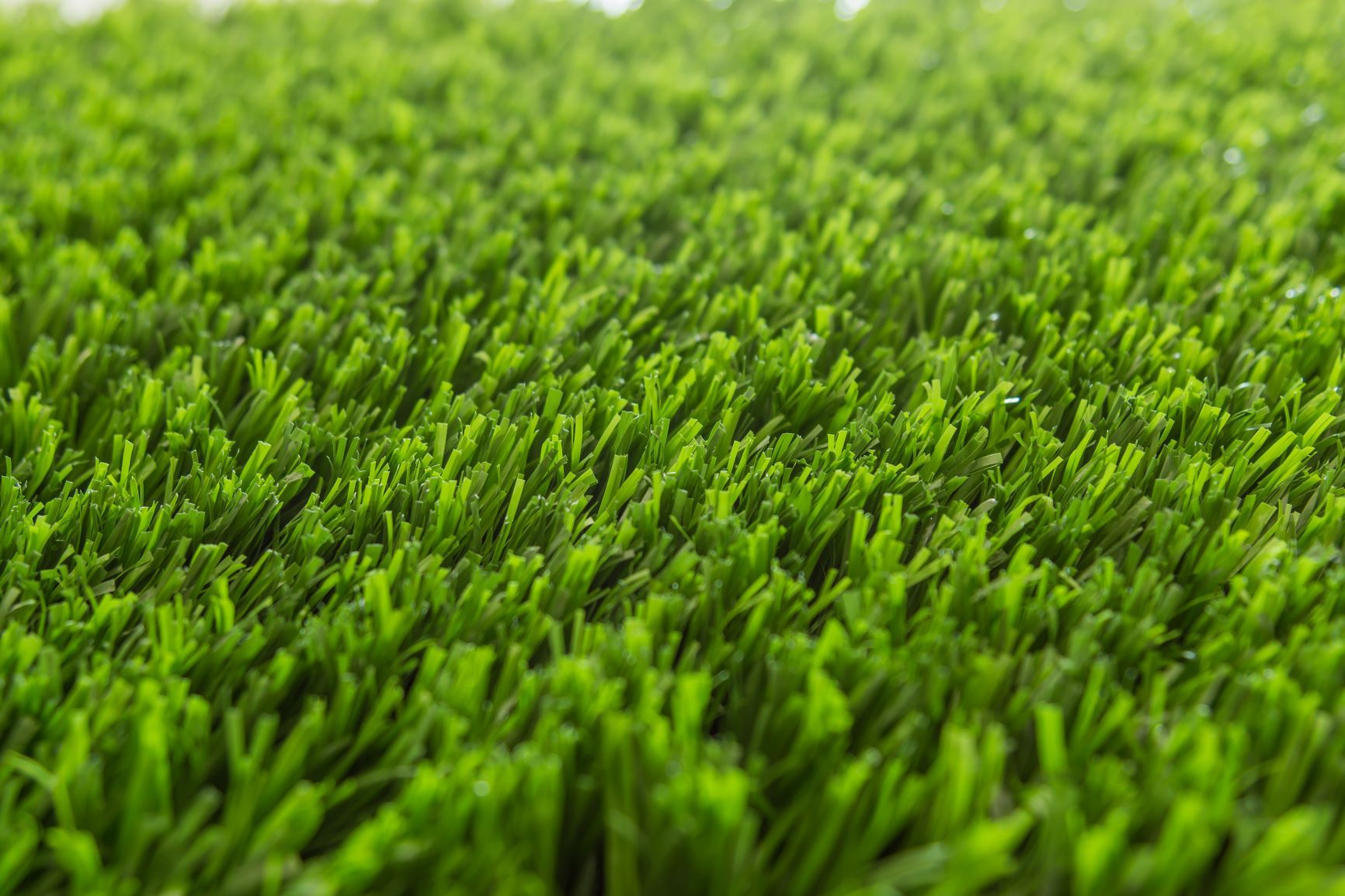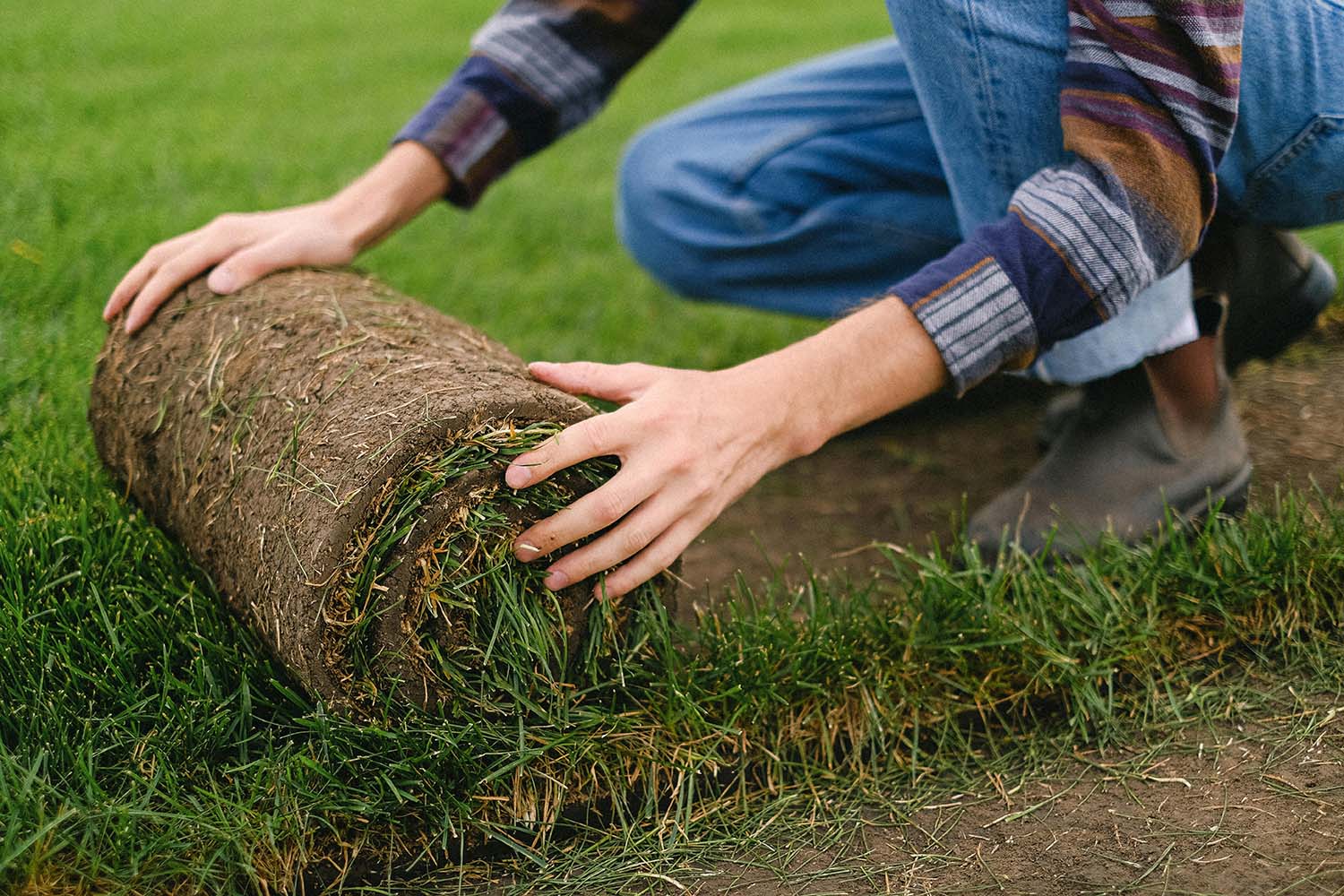Best Phoenix Turf Companies Providing Synthetic Grass Solutions
Best Phoenix Turf Companies Providing Synthetic Grass Solutions
Blog Article
Look Into the Environmental Advantages of Opting for Artificial Lawn Solutions
The adoption of man-made grass remedies presents a compelling possibility to deal with pressing ecological challenges. By substantially lowering water use and decreasing the application of dangerous chemicals, these alternatives not only promote lasting landscaping however also shield local ecosystems. Furthermore, the lower carbon footprint related to reduced maintenance tasks adds to an extra lasting technique to land monitoring. The effects of these advantages prolong past simple preservation efforts, elevating inquiries about their long-lasting impact on habitat conservation and total environmental equilibrium. Exploring these dimensions discloses a complex interaction worth taking into consideration.
Water Conservation Benefits
One of the most significant advantages of fabricated grass is its capability to preserve water. In contrast, artificial lawn does not require watering, dramatically reducing the general demand for water sources.
By getting rid of the demand for routine watering, synthetic grass adds to sustainable landscape techniques and helps minimize the environmental effect of too much water consumption. The preservation of water extends to the decrease of drainage, which can lead to dirt disintegration and waterway contamination.
In addition, the setup of synthetic grass allows districts and home owners to allot water resources extra efficiently, concentrating on crucial uses such as drinking water and agriculture. The shift in the direction of synthetic grass not only advertises accountable water use but also straightens with broader environmental goals targeted at preserving natural resources.
As areas progressively focus on sustainability, the water preservation benefits of synthetic grass present a compelling case for its adoption in commercial and residential landscape design jobs.
Decreased Chemical Usage
The shift to artificial lawn significantly lowers the reliance on chemical treatments frequently utilized in natural yard upkeep. Standard grass administration usually entails the application of herbicides, pesticides, and plant foods to advertise growth and control bugs. These chemicals can position risks to human health, local wild animals, and the environment, contributing to soil and water contamination.
In comparison, synthetic grass eliminates the need for these unsafe substances. By lessening the launch of synthetic substances into the community, fabricated turf promotes healthier soil and water systems.
Additionally, the lack of chemical drainage related to synthetic grass installations helps safeguard regional waterways from contamination, sustaining water life and maintaining biodiversity. Arizona turf. As communities increasingly prioritize sustainable techniques, opting for synthetic grass provides a viable service that straightens with environmental conservation objectives. Through this change, home proprietors can enjoy lush environment-friendly rooms without endangering environmental wellness, paving the way for a much more sustainable future
Reduced Carbon Impact

Moreover, the installation of synthetic grass can lead to substantial water preservation. Natural grass need considerable quantities of water for irrigation, which not just contributes to the carbon impact related to water extraction and treatment however additionally pressures regional water resources. In contrast, fabricated turf needs very little upkeep, requiring no watering, consequently significantly minimizing water use and its associated energy costs.
Furthermore, the durability of synthetic grass adds to its lower carbon impact. With a life expectancy of approximately 15 years this content or even more, the need for regular substitutes is decreased, leading to much less waste and reduced energy usage in production and taking care of conventional grass alternatives. Overall, fabricated lawn presents a lasting alternative for eco aware landscape design.
Habitat Conservation
Habitat preservation is an essential factor to consider in the dispute over landscaping options, especially when comparing synthetic lawn to all-natural turf. Natural grass lawns commonly require considerable upkeep, including making use of herbicides, plant foods, and pesticides, which can adversely affect neighborhood ecosystems. These chemicals can seep into the dirt and waterways, damaging native flora and animals and interrupting local environments.
On the other hand, fabricated lawn offers a possibility to minimize the eco-friendly impact of landscape design. By opting for synthetic yard, property owners can minimize the disturbance of natural environments connected with conventional grass care methods. Fabricated grass gets rid of the demand for hazardous chemicals, therefore securing neighboring wildlife and maintaining the stability of surrounding environments. Additionally, the setup of synthetic grass can lead to the conversion of former yard areas right into even more biodiverse landscapes, such as pollinator gardens or indigenous plant areas, which can support neighborhood wild animals.
Inevitably, the transition to synthetic grass not only conserves water and reduces upkeep efforts but likewise cultivates visit the website an extra harmonious connection between human activities and the all-natural setting, promoting habitat preservation in the procedure.
Long-Term Sustainability
Long-lasting sustainability is an important factor in examining the benefits of fabricated lawn over standard lawn lawns. One of one of the most significant benefits of artificial grass is its sturdiness; it can last as much as 15-20 years with marginal maintenance, whereas natural grass requires regular reseeding and substitute. This durability minimizes the requirement for consistent resources, such as water, fertilizers, and chemicals, which are essential for keeping a healthy and balanced yard lawn.
Furthermore, synthetic grass adds to a reduction in carbon emissions related to lawn care tools. Standard lawns usually call for gas-powered lawn mowers, trimmers, and blowers, all of which add to air pollution. Artificial turf companies phoenix. In contrast, man-made grass eliminates the requirement for such devices, advertising a cleaner atmosphere
In addition, the production of artificial lawn significantly utilizes recycled products, boosting its sustainability profile. As suppliers take on environmentally friendly practices, the environmental impact of synthetic grass remains to decrease.

Conclusion
The adoption of man-made lawn solutions presents substantial ecological More Bonuses benefits, consisting of substantial water conservation, decreased dependence on unsafe chemicals, and a lower carbon footprint. In addition, synthetic grass aids in maintaining all-natural environments by decreasing land disruption and promoting long-term sustainability via making use of resilient materials. Jointly, these elements underscore the possibility of synthetic grass to contribute favorably to ecological health and offer a practical alternative to typical landscape design practices in a progressively resource-conscious world.
In comparison, man-made grass does not need watering, considerably reducing the total demand for water resources. By minimizing the launch of artificial compounds right into the ecological community, synthetic grass promotes much healthier dirt and water systems.
In addition, the installation of fabricated grass can result in significant water preservation. In comparison, fabricated grass requires marginal upkeep, needing no watering, therefore considerably lowering water use and its connected energy costs.

Report this page